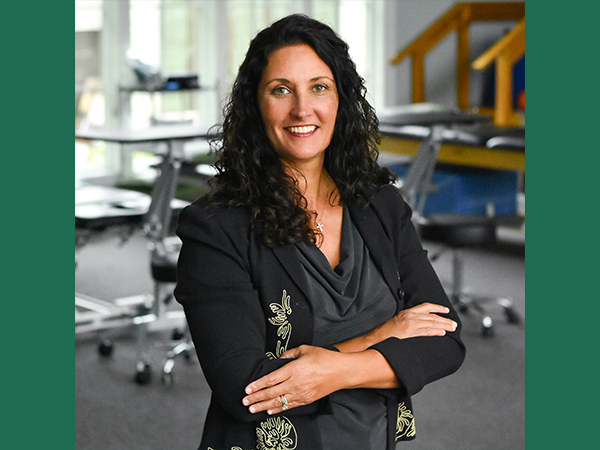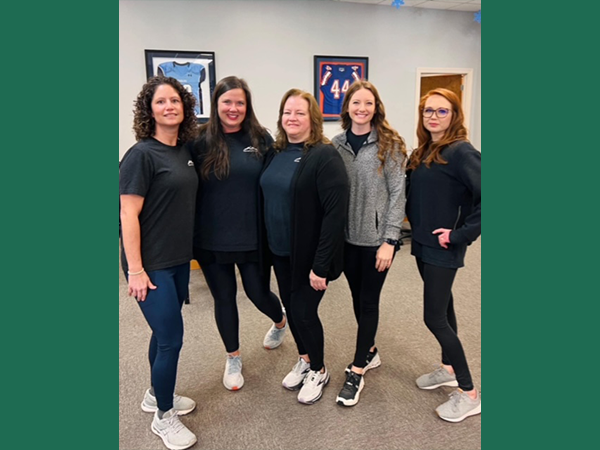Director's Notes

James Rimmer, CEDHARS Director
It’s not black and white, and it shouldn’t be red or blue, either.
When I first started my position at the University of Illinois at Chicago back in 1997, I was a faculty member in a newly formed department called the Department of Disability and Human Development. The first PhD program in disability studies in the U.S. started in the department, and I was honored to have colleagues like Carol Gill and Jim Charlton who were part of the disability movement that led to federal laws protecting the rights of people with disabilities.
What has been rather frustrating over the past few years is the continued distinction between the medical, red, and social, blue, models of disability. Clearly, when you read books in disability like Riva Lehrer’s Golem Girl, or the New York Times series “About Us,” you understand why people with disabilities have a strong antipathy for the medical profession.
Imagine being a person born with a disability back in the ‘50s, ‘60s, ‘70s and even early ‘80s and being treated like a medical anomaly, a deficit that doctors would either “fix” or tell you there was nothing they could do. In many cases, medical students were marched into the exam room unannounced to be used as a “teachable” moment – not sure what the patient got out of it other than humiliation and disrespect – regarding the person’s disability. The medical model made a clear distinction between what was considered ‘normal’ and ‘abnormal.’
While the medical model is still embedded in practice today and continues to characterize disability as a pathology that requires correction, there is a growing number of physicians, many in physical medicine and rehabilitation, who embrace the social model of disability, which places a greater emphasis on promoting quality of life and advocating for environmental changes that adapt to the individual versus the other way around.
In a recent paper by one of the international scholars in disability and healthcare, Dr. Lisa Iezzoni (a professor of medicine at Harvard Medical School, Director of the Health Policy Research Center, and a woman with a disability), she argues that “All levels of medical education should include more training about disability, including disability cultural competence and etiquette.” Disappointingly, she noted that even 30 years after passage of the ADA, physicians’ perceptions of people with disabilities raise questions about their level of objectively and unbiased treatment. Dr. Erin Andrews, board-certified psychologist and expert on disability issues, gave a prescient example in a recent Q&A with CEDHARS News, explaining that during the COVID-19 pandemic when medical treatments needed to be curtailed, people with disabilities were the first to be denied care.
This is an opportune time for doctors and other health care professionals to blend their extensive training in the medical [red] model with a newer relatively speaking, more environment-driven social [blue] model of disability to create the color purple. Understanding specific anatomical, behavioral and cognitive characteristics of a disability is still important for guiding treatment, but it should always be done within a sociocultural framework where the individual, and when necessary the family or care provider, have an equal role in the decision-making processes.

